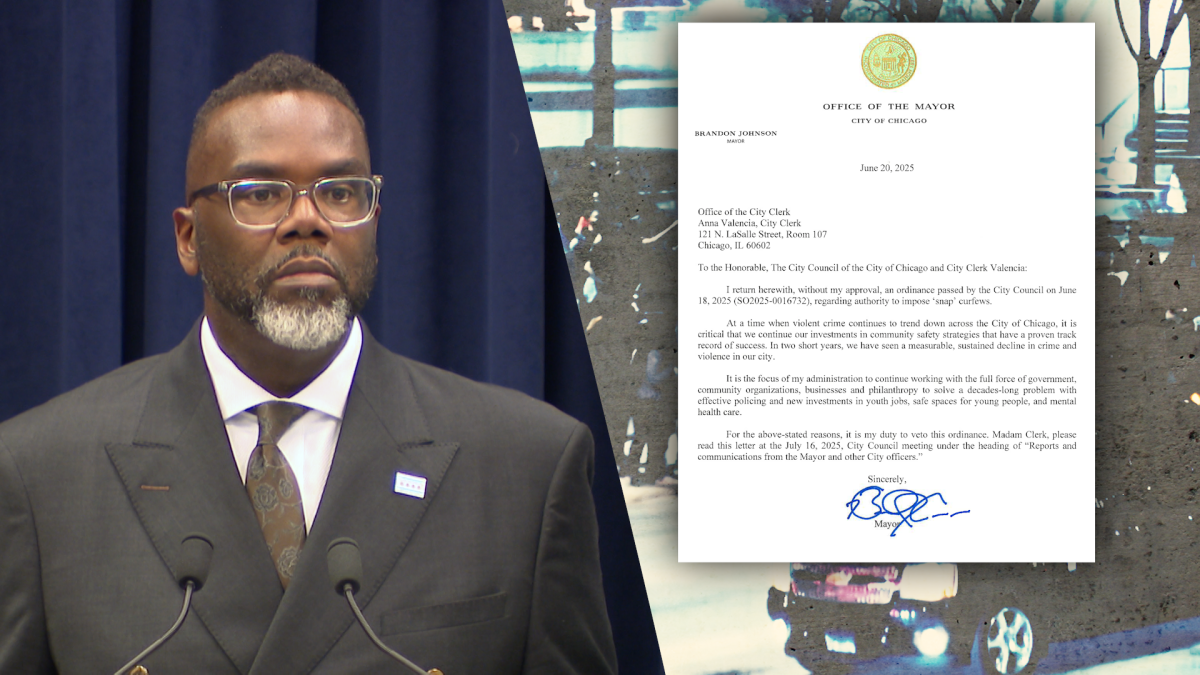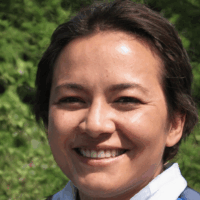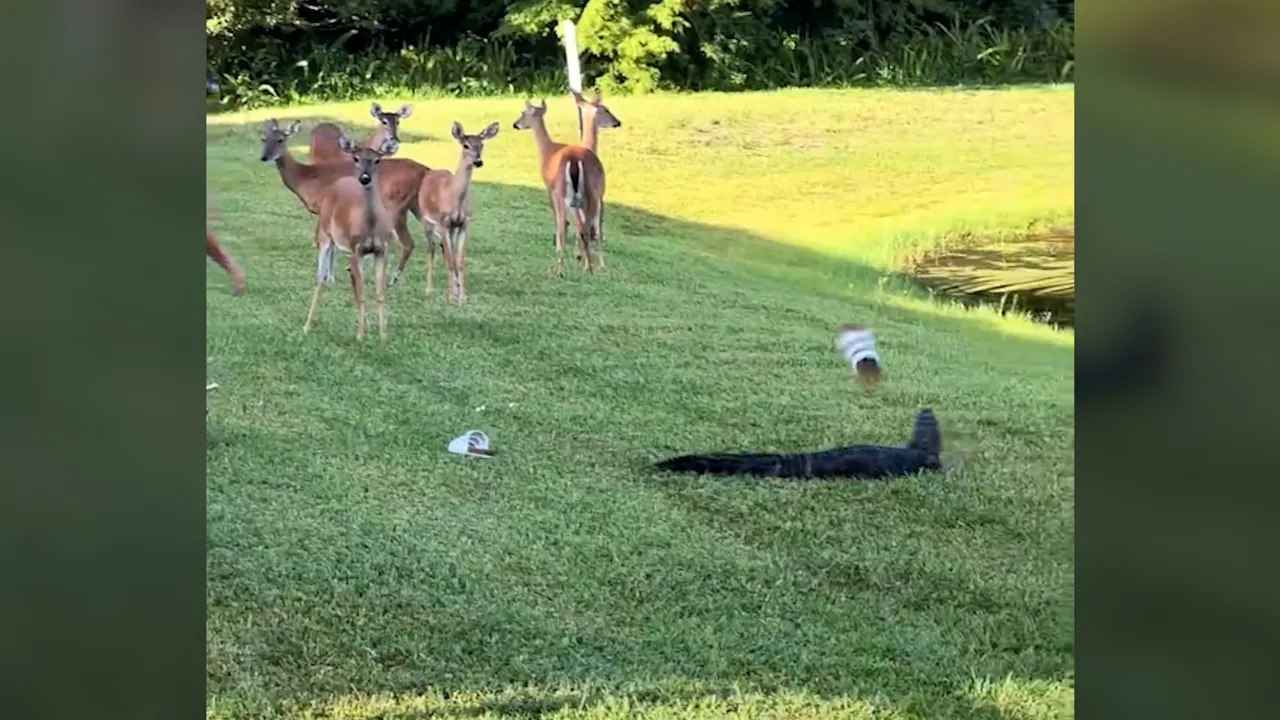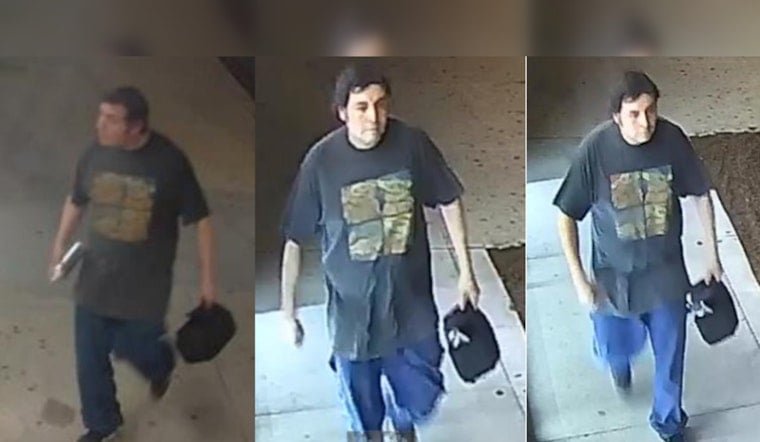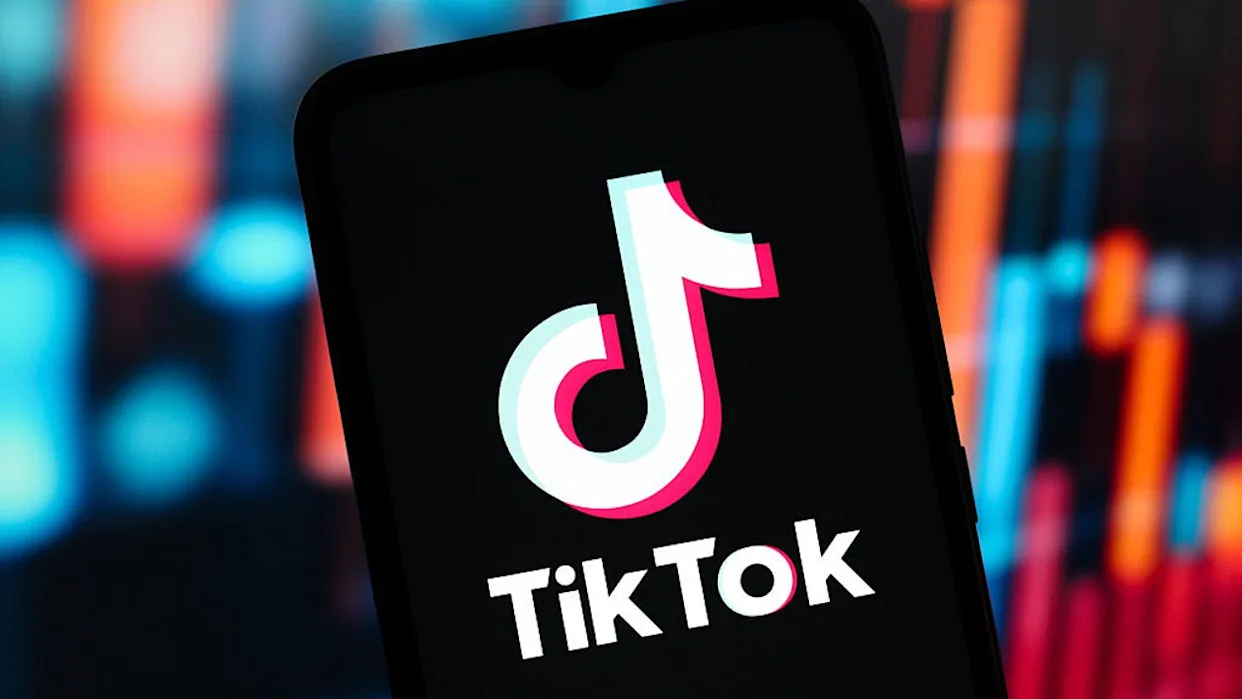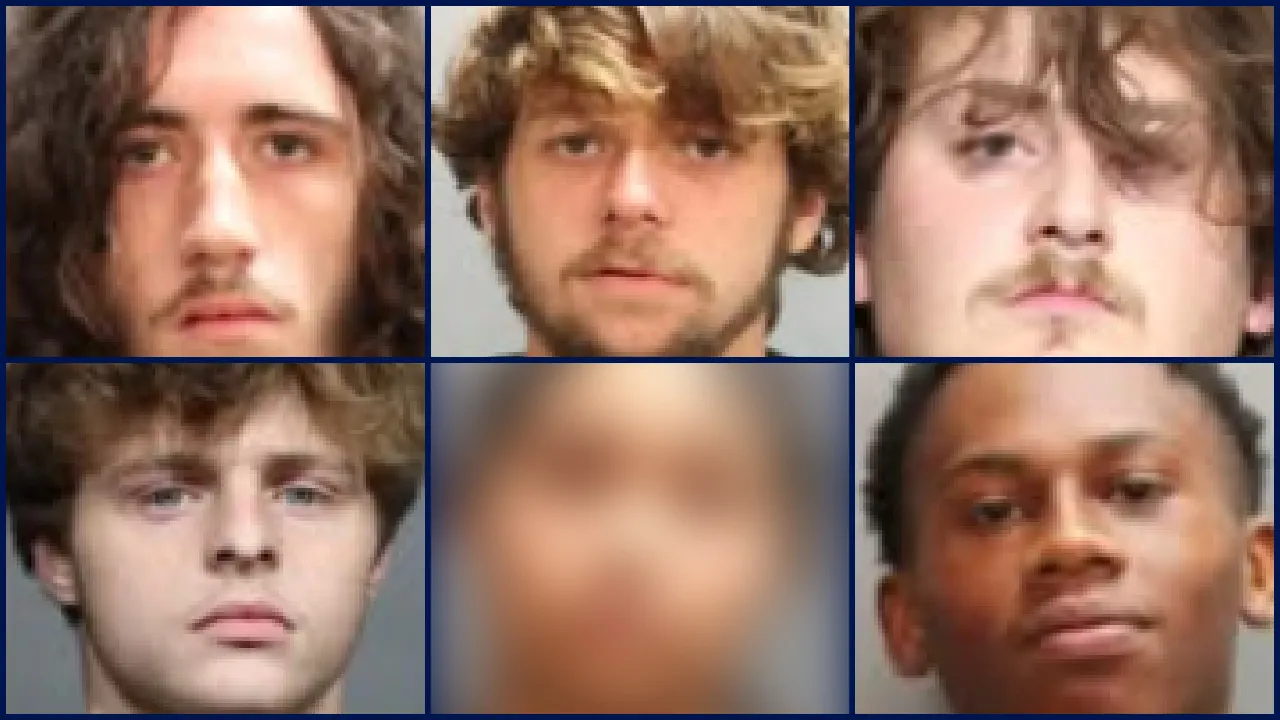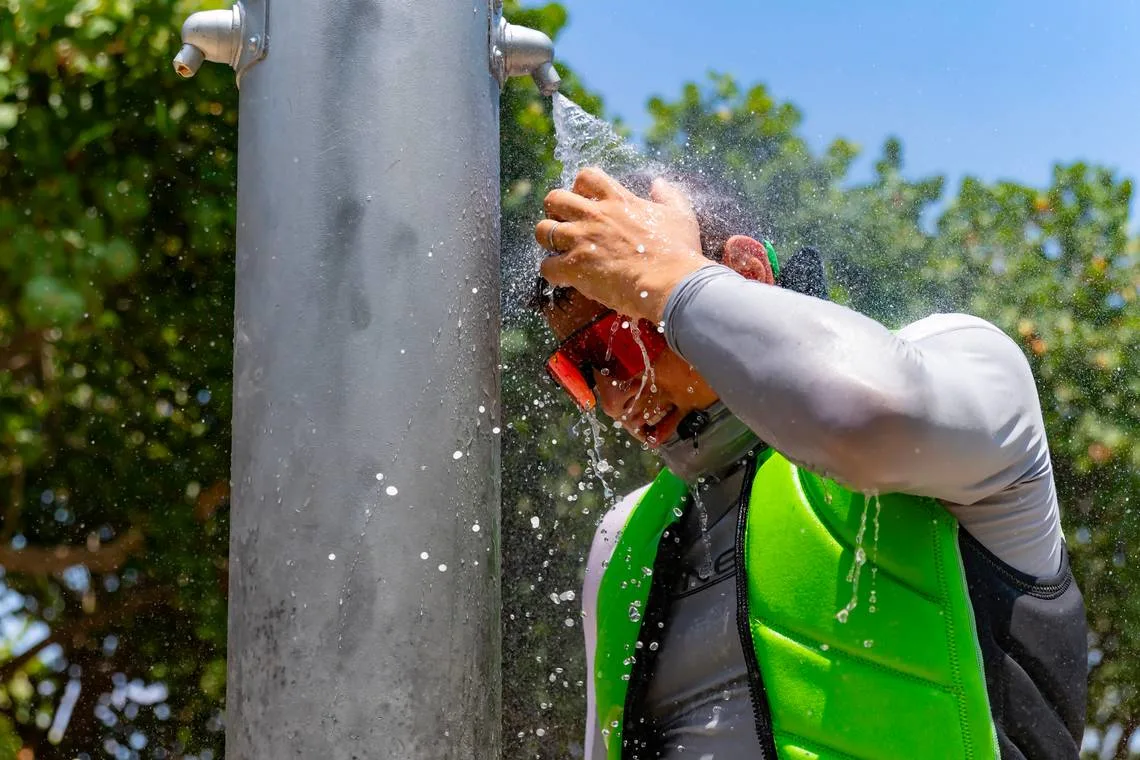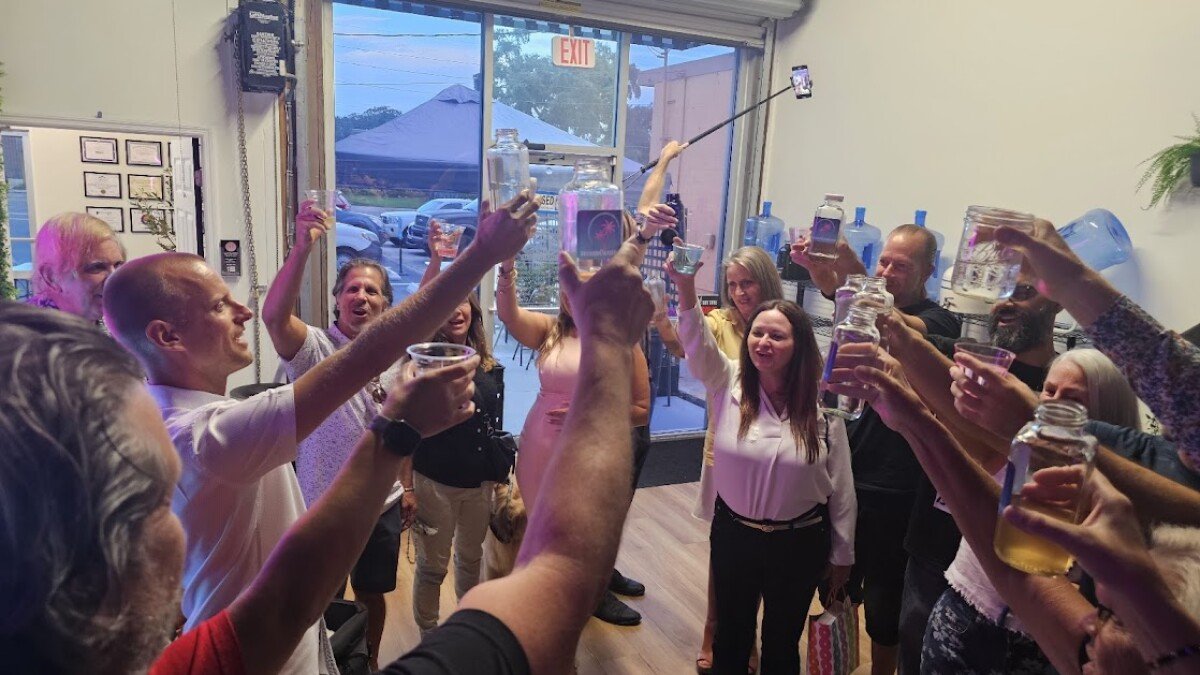CHICAGO — Mayor Brandon Johnson has officially vetoed a controversial ordinance that would have given the city’s police superintendent the authority to impose short-term curfews in response to teen gatherings deemed unsafe. The move follows weeks of heated public debate over youth policing, public safety, and civil liberties.
The ordinance, initially passed by the City Council, aimed to provide emergency powers during large or unruly youth gatherings, especially in the summer months. Johnson, however, said the measure could disproportionately affect Black and Brown communities and lacked sufficient community input.
“We don’t solve problems by criminalizing our youth,” Mayor Johnson said in a statement. “We must lead with care, not curfews.”
What the Curfew Ordinance Would Have Done
The proposed law would have:
-
Allowed the police superintendent to set curfews without full council votes.
-
Applied to areas experiencing repeated youth-related disturbances.
-
Been enforceable for up to 7 days at a time, renewable with mayoral or council approval.
Supporters believed it would help address sudden gatherings that could escalate into violence or property damage. Critics argued it could lead to over-policing, especially in minority neighborhoods.
How the Veto Process Works in Chicago
Johnson’s veto was delivered in writing to City Clerk Anna Valencia last Friday. For the ordinance to become law despite the mayor’s rejection, the City Council must override the veto with a supermajority vote — requiring seven additional votes beyond the original passage.
While some alderpersons have voiced support for an override attempt, the vote margin remains uncertain. The mayor’s allies have signaled they will block any override motion.
What This Means for Chicago Residents
For residents—especially youth, parents, and community leaders—this veto has broader implications for how public safety policies are shaped and who gets a voice in that process.
If you’re concerned or supportive of the curfew proposal, here’s how you can take part in the ongoing conversation:
1. Contact Your Alderperson
Find your representative using the Chicago City Council district map and reach out by email or phone to express your thoughts.
2. Attend a City Council Meeting
Public meetings allow space for open comment. You can check the meeting calendar and submit public testimony in person or online.
3. Join or Start a Petition
If you feel strongly, collaborate with neighbors to gather support and formally ask the City Council to revisit or revise the ordinance.
4. Engage in Community Forums
Several nonprofits and youth-led organizations host public safety forums. These events can shape policy recommendations and influence council decisions.
Why This Debate Matters Beyond Curfews
The curfew ordinance isn’t just about hours on a clock — it’s a lens into how Chicago balances safety, equity, and youth freedom. The current debate could set a precedent for how emergency policing powers are used in the future.
As discussions continue, all residents — especially families and teens — are encouraged to stay informed and active in shaping city policies that affect their daily lives.
How do you think Chicago should approach youth safety and public gatherings? Share your opinion or experiences in the comments at ChicagoSuburbanFamily.com.

